Text
Why do We Feel Nostalgic?
The Science Behind Music’s Nostalgic Power.

What is Nostalgia?
Nostalgia is a type of emotion that humans frequently experience.
Nostalgia remained relegated to the realm of psychological disorders for much of the 20th century.
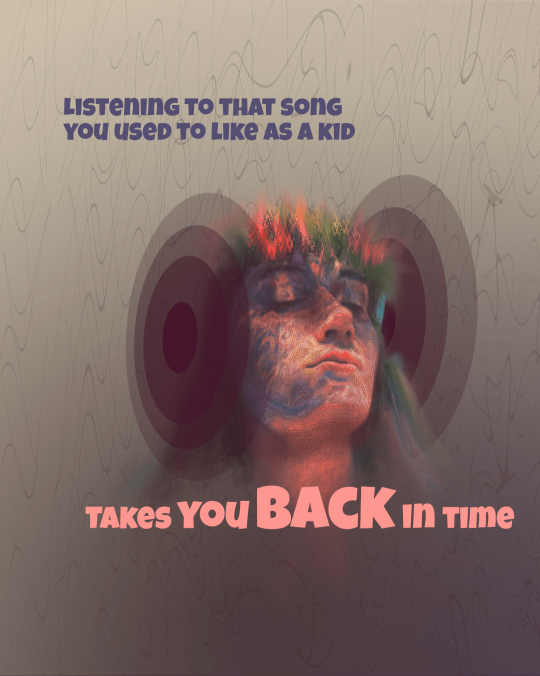
We can often experience nostalgia in unexpected places. You may have had the experience of driving down the highway turning on the radio, hearing a song you haven’t heard in ages. You get immediately transported back in time and dumped into this immersive memory. Something you haven’t thought about in ages that were very meaningful to you. Maybe wedding day or senior prom or birth of your first child or death of a loved one.

When we talk about nostalgia, there are a few theatres in which this story takes place: the past, the present, and the future. (Having a sense of longing or wistful affection for the past.)
The Science Behind Music’s Nostalgic Power

No matter how cool and sophisticated your tastes have become in the years since high school, the opening guitar riff of your fav song probably still has the power to automatically transport you back in time.
This is because music makes human beings incredibly nostalgic.
Neuroimaging has shown that songs stimulate many different areas of the brain, and give us a big hit of dopamine while they’re at it.
We’re very good at recognizing music that we’ve heard recognizing associating it with certain memories. They call this period the reminiscence bump when human beings retain more memories than they will during any other life phase.

Nostalgia is a rich & bittersweet emotion intimately tied up with our autobiographical memories. Nostalgia is deeply woven into our sense of self; who are we at our most authentic selves. Music can serve as a powerful context cue for deep meaningful, intensely vivid nostalgic memories. By connecting us with our emotional histories, nostalgia can help us to stave off sadness, loneliness, existential threat, and even the imminence of death in the approaching horizon of our lives as we age.
Theories behind music’s nostalgic powers
Nostalgia is triggered automatically on cue (for example, by the smell of a particular dish, sudden activities, or a certain song).
Nostalgia is a happiness-related emotion, yet, at the same time, it is thought to invoke sadness because of the realization that some desirable aspects of the past are out of reach.
A similar view was endorsed by Werman, who proposed that nostalgia involves “wistful pleasure, a joy tinged with sadness”.
Experiments behind music’s nostalgic powers

Trying to get a better understanding of how music may tap into nostalgia and what that may be doing in the brain, doctors began to work with computational models of music cognition.
One experiment that investigated how nostalgia affected brain activity was conducted at the University of Cagliari in Italy.
The study found that activating a certain area of the brain, increased positive and decreased negative emotions and all types of nostalgia. Evidence from this experiment suggests that there is a connection between nostalgia and positive affect.
Researchers have connected music-triggered nostalgia with increased activity in the prefrontal cortex, which is activated when we retrieve autobiographical memories
Tastes may also induce nostalgia in part because the neural pathways carrying information from the taste buds ultimately lead in part to the limbic system.

Another experiment where different models were applied to interrogate brain activity that was recorded while people were listening to nostalgia evoking and non-nostalgia evoking music.
They found that nostalgia was able to recruit a wide network of brain regions involved in multiple levels of different cognitive processes.
Non-nostalgic music recruited brain regions like Heschel’s gyrus involved in basic auditory processing; Broca’s area involved in processing grammar and syntax not only in language but also in music.
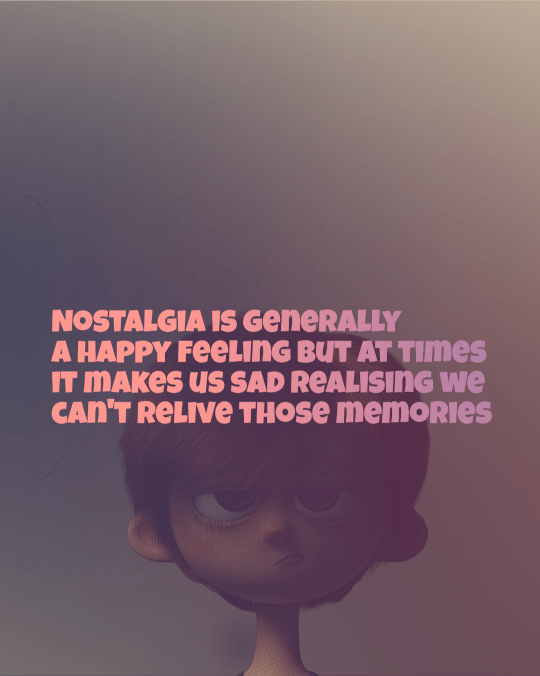
Nostalgic music was able to recruit these brain regions and more brain regions such as the Substantia involved in reward processing or the anterior insulin involved in the visual experience of emotion or brain regions in the inferior frontal gyrus involved in autobiographical memories. It also recruited prefrontal frontal cingulate, insular parietal occipital, subcortical brain regions to span nearly all of our cognitive faculties.
It may explain why nostalgia can have such an outsized impact on us.
#nostalgia#childhood#90s kid#udgamreads#nostalgiacore#childhood memories#memories#science#nostalgic#2000s kids#teaching#education#research#childhoodmemories#psychologyfact#goodolddays#90s#oldmusic#nostalgicmusic#classichits#80s#oldtime#neural#neuroimaging#limbicsystem#brain#prefrontalcortex#dream smp#feelings#memory lane
9 notes
·
View notes
Text
The magic behind Apple’s Face ID
Can an iPhones Face ID work in the dark?
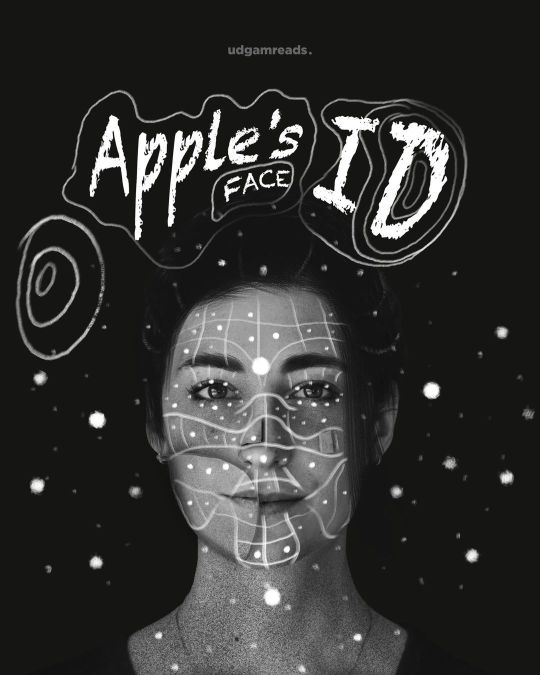
With the launch of the iPhone X, Apple once again revolutionized the Smartphone Industry. The iPhone X contains significant changes such as super-thin bezels, a larger display, major camera up-gradation, and the notch. Apple has a habit of removing a key feature; continuing their legacy with the iPhone X; they replaced our beloved Touch ID with the new Face ID. Concerns were raised regarding the accuracy, usability, privacy, as the first thought to our mind is that our face will be stored somewhere in the system to recognize us, and another thing that has triggered the curiosity of people is:
Can an iPhones Face ID work in the dark?

The common myth is that you cannot unlock your iPhone with your face in the dark. Well, that is wrong. To know how this is done, let us go down the rabbit hole and see how the Face ID works; the process behind it is pretty interesting.
How does the iPhone scan your face? What components are being used to do so?
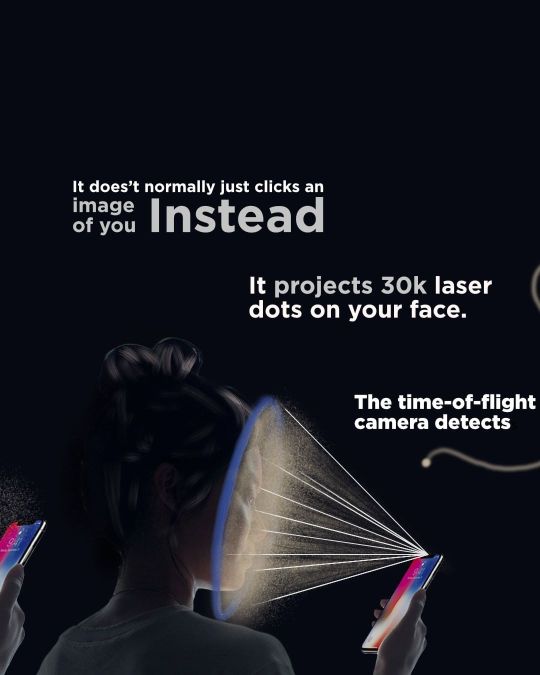
At first, you may think that it just uses the camera and some software for processing, but if this was the case, people would be able to unlock their iPhones with just their photos leading to catastrophes and tons of lawsuits against Apple; but this is not the case.
The process of scanning our face happens inside the notch. It includes a time-of-flight camera, flood illuminator, IR camera, and a dot projector. Imagine 30,000 lasers coming out from a small point on your face. Exactly what iPhones do; Face ID uses a feature called ‘Laser Projection’ to do so. The Flood illuminator with the Dot projector can scan our faces from any angle; it projects 30,000 lasers on your faces and maps your facial features in 3D.
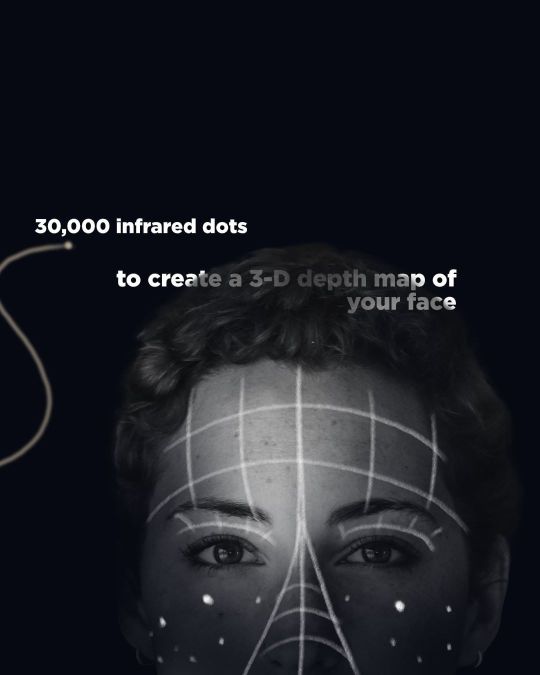
The 3D mapping data is encrypted and stored on Apple servers with the users’ passcode as the second factor for authentication to unlock their phone using Face ID.
After Apple stores, the 3D mapping data — Apple claims that they delete photos from your phone and its servers after approximately one minute and is inaccessible to anyone but you.
What happens after projecting 30,000 lasers?
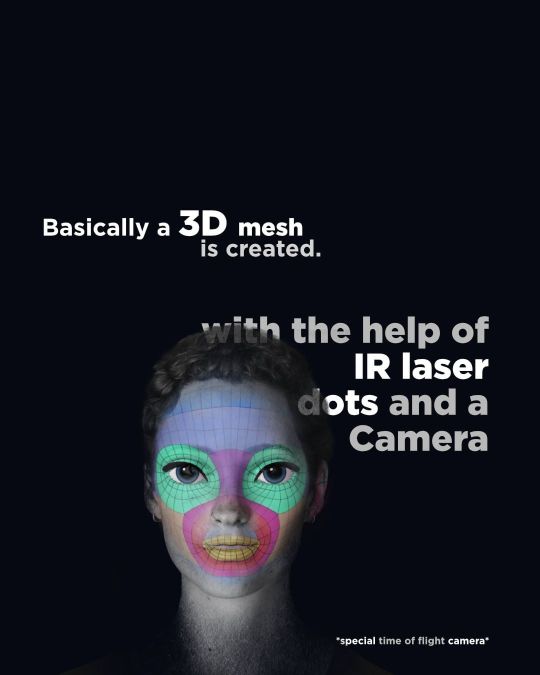
Remember the time-of-flight camera inside the `notch`? Here comes the use of it. So, after projecting 30,000 dots on your face, the time-of-flight camera with the IR camera detects 30,000 infrared dots to create a 3-D map of your face in milliseconds.
All this captured data gets processed inside the iPhone X customized neural engine, built into its image signal processor, designed to enable real-time information processing at a rate of 600 billion operations per second.

After the data is processed, the iPhone can create a precise depth map of your face and analyze over 100 distinct facial features for accurate identification.

This technology used in Face ID is pretty different from the other systems used in other smartphone makers; to make facial recognition work on other smartphones, their makers activated the front-facing camera and used the 2D image of users face for identification. However, this method has limitations because it cannot tell whether a person is looking at the screen or not, along with the issue of unlocking the phone with pictures.
What technology is used in Apple Face ID, which projects 30,000 lasers?
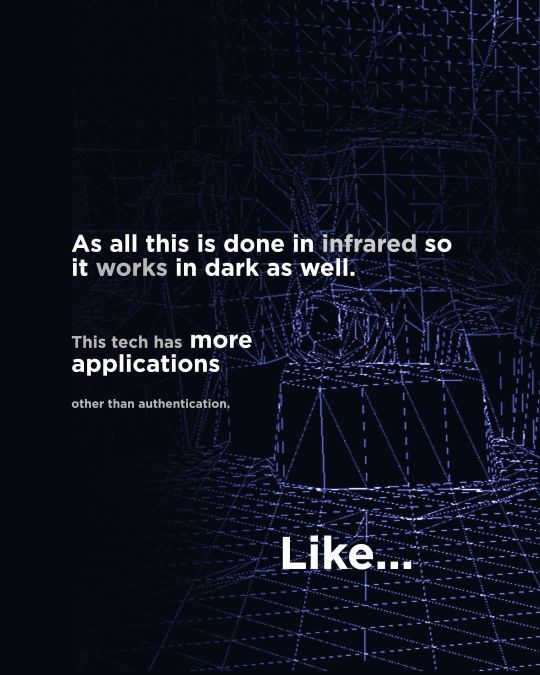
Apple Face ID uses LIDAR, and it is one of the most popular optical remote sensing technologies.
Lidar uses the Flood Illuminator along with IR infrared camera to send out signals to be reflected back from the lidar target. LIDAR also has two different types of laser beams: one to illuminate the target and one beam that returns an image to the camera.
Apple has been investing in lidar technology since 2013 when they bought PrimeSense, an Israeli company that specializes in 3D imaging. Then, in 2016 Apple announced a $390 million deal with a German company called Osram to produce laser diodes necessary to make lidar a mass-producible technology.
LIDAR is the technology behind the projection of 30,000 laser dots that the iPhone X uses to scan your face terrain or contour, creating a precise depth map of your face. It then uses this map to compare it to models in its system to detect if it is you or not. All of it is done in infrared, so it also works in the dark.

There are tons of applications of LIDAR. It can be used to create a map of our surroundings in the dark to navigate in stealth or create 3D models of objects around you.
How accurate is face ID?
A recent study published by Italian researchers from CNR Institute for Scientific Communications shows that for a second person to unlock the iPhone X, he will have to block 30% more laser beams than standard facial scanning. It means that the accuracy of Face ID technology is lower than expected.
Do the Face ID lasers hurt human eyes?
Well, all these laser projections and dots raises safety concern for our eyes; the straightforward answer is No, as it emits very-low infrared light (less than 2% of the LED Eye Safety Standard Regulation).
It is not dangerous for humans to stare at LIDAR if they don’t go too close to the camera. The distance of 30 cm between the camera and the human is pretty safe.
Researchers found that human eyes can be affected by staring at lidar, but the injury varies depending on location and other factors.
Previously, iPhone could be unlocked; if the TRUE Depth sensors are sure that you are seeing towards the phone, but now it works even if your eyes are closed.
#udgamreads#technology#tech#science#applepodcasts#ios#apple facetime#face id#iphone#touch id#lidar#camera#facialrecognition#apple#macbook#ipad#illustration digital#illustrators on tumblr#artists on tumblr#information#education#affinitydesigner#madeinaffinity
8 notes
·
View notes
Text
Want to learn something new in 2022??
Absolute beginner adult ballet series (fabulous beginning teacher)
40 piano lessons for beginners (some of the best explanations for piano I’ve ever seen)
Excellent basic crochet video series
Basic knitting (probably the best how to knit video out there)
Pre-Free Figure Skate Levels A-D guides and practice activities (each video builds up with exercises to the actual moves!)
How to draw character faces video (very funny, surprisingly instructive?)
Another drawing character faces video
Literally my favorite art pose hack
Tutorial of how to make a whole ass Stardew Valley esque farming game in Gamemaker Studios 2??
Introduction to flying small aircrafts
French/Dutch/Fishtail braiding
Playing the guitar for beginners (well paced and excellent instructor)
Playing the violin for beginners (really good practical tips mixed in)
Color theory in digital art (not of the children’s hospital variety)
Retake classes you hated but now there’s zero stakes:
Calculus 1 (full semester class)
Learn basic statistics (free textbook)
Introduction to college physics (free textbook)
Introduction to accounting (free textbook)
Learn a language:
Ancient Greek
Latin
Spanish
German
Japanese (grammar guide) (for dummies)
French
Russian (pretty good cyrillic guide!)
318K notes
·
View notes
Text

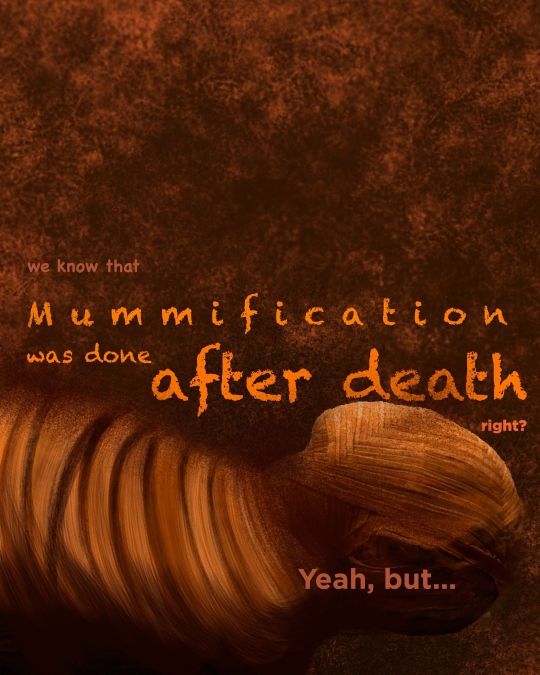

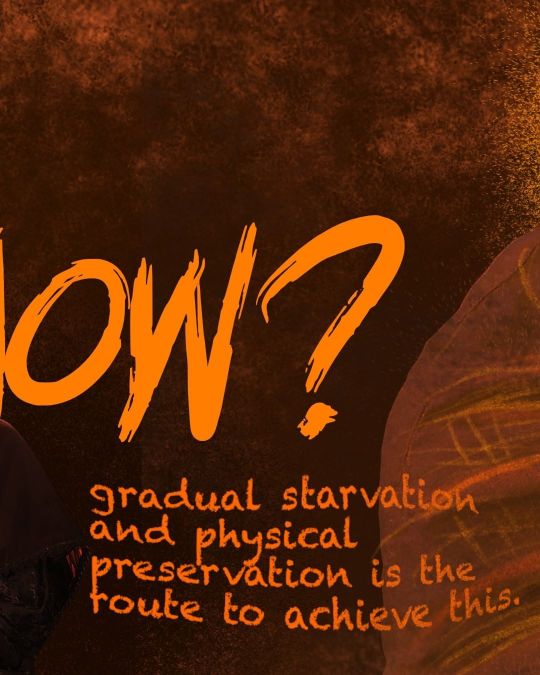


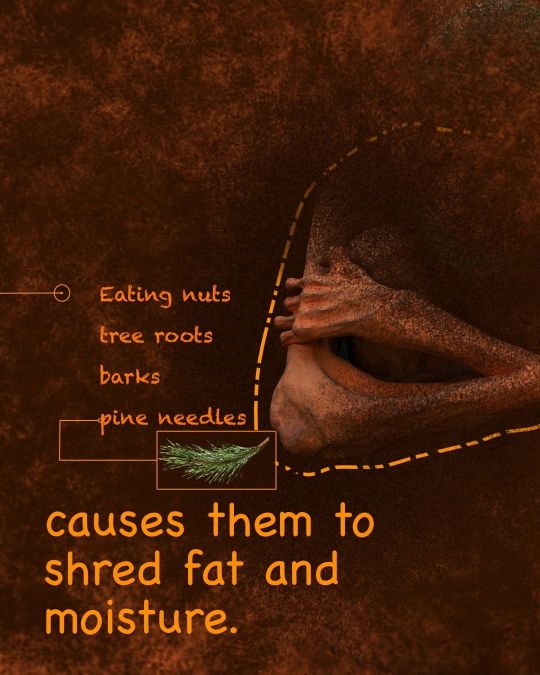


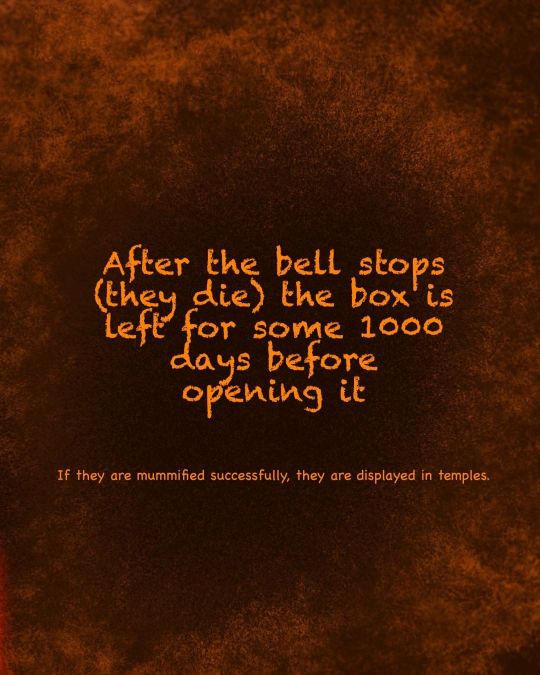
The monks are self-mummified while being alive and conscious. It is an extremely painful and slow process that takes about 3 years (including after death).
The key here is drying up the body so no moisture left. This is achieved by vigorous exercise and a difficult diet.
Did you know about this mummification?
#mummy#mummification#themummy#buddhist#monk#buddhism#mummified#preserve#preservation#meditation#discipline#dehydration#diet#exercise#udgamreads
7 notes
·
View notes
Text
Testing Tumblr out!
Testing......
3 notes
·
View notes